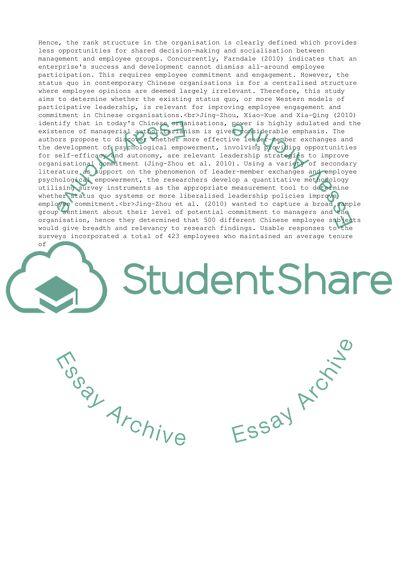Cite this document
(Methodology Proposal Research Example | Topics and Well Written Essays - 2750 words, n.d.)
Methodology Proposal Research Example | Topics and Well Written Essays - 2750 words. https://studentshare.org/business/1807265-methodology-proposal
Methodology Proposal Research Example | Topics and Well Written Essays - 2750 words. https://studentshare.org/business/1807265-methodology-proposal
(Methodology Proposal Research Example | Topics and Well Written Essays - 2750 Words)
Methodology Proposal Research Example | Topics and Well Written Essays - 2750 Words. https://studentshare.org/business/1807265-methodology-proposal.
Methodology Proposal Research Example | Topics and Well Written Essays - 2750 Words. https://studentshare.org/business/1807265-methodology-proposal.
“Methodology Proposal Research Example | Topics and Well Written Essays - 2750 Words”. https://studentshare.org/business/1807265-methodology-proposal.


